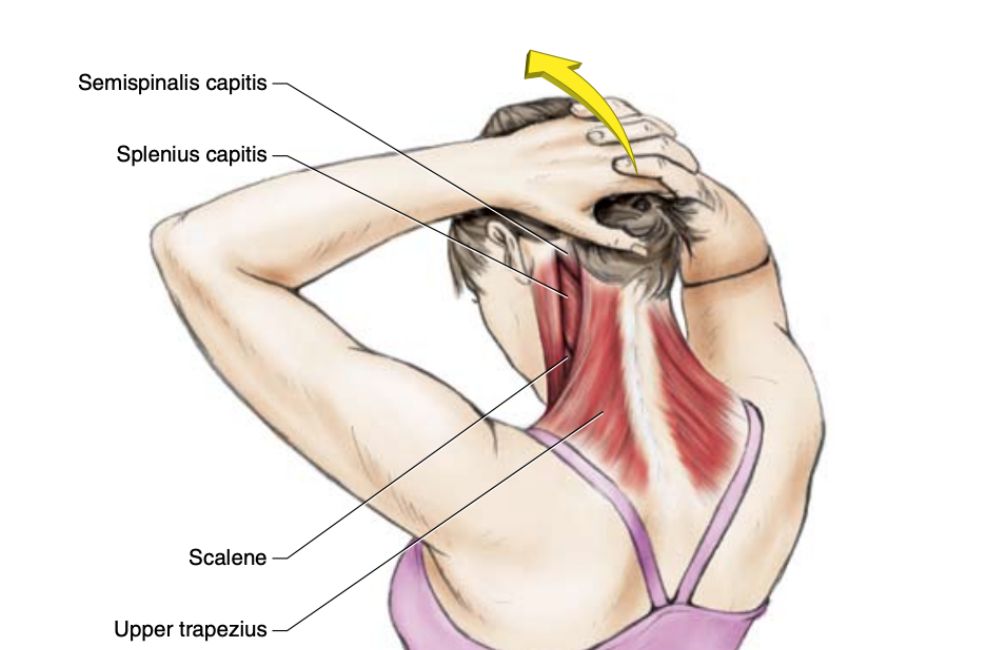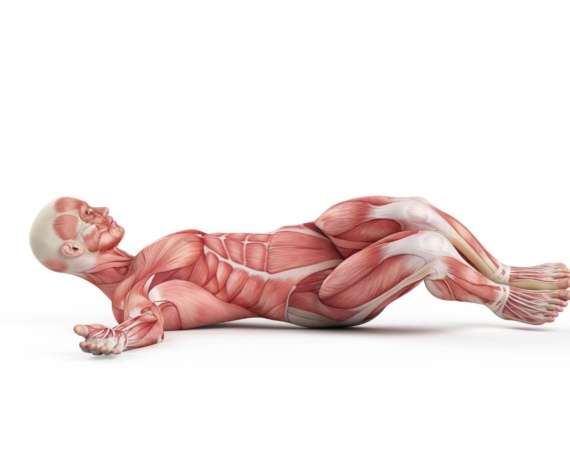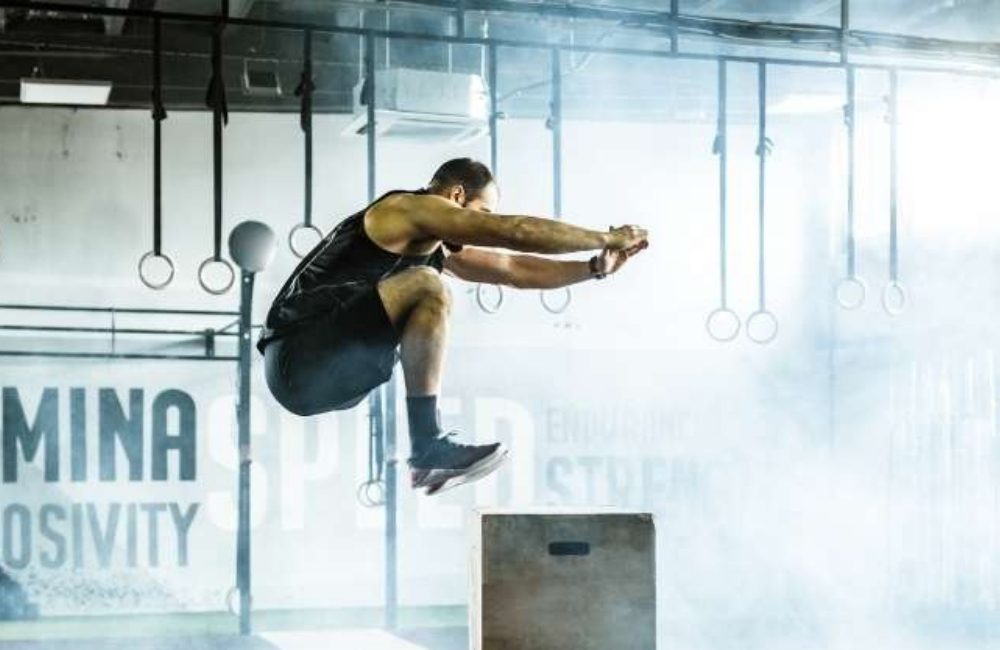
To be fair, I’m not claiming that every senior needs to avoid the exercises listed in this article.
There are some incredible examples of very fit individuals in their 60’s, 70’s, 80’s, and beyond who would likely have no issue with these exercise modes.
However, most people over the age of 50 would do well to avoid the exercises described below, as they can place a high level of stress through the joints.
As always, you should use your own best judgment, and seek guidance from your trusted healthcare professionals when deciding on which exercises and programs are appropriate for your needs.
High-Impact Exercise Vs. Low-Impact Exercise
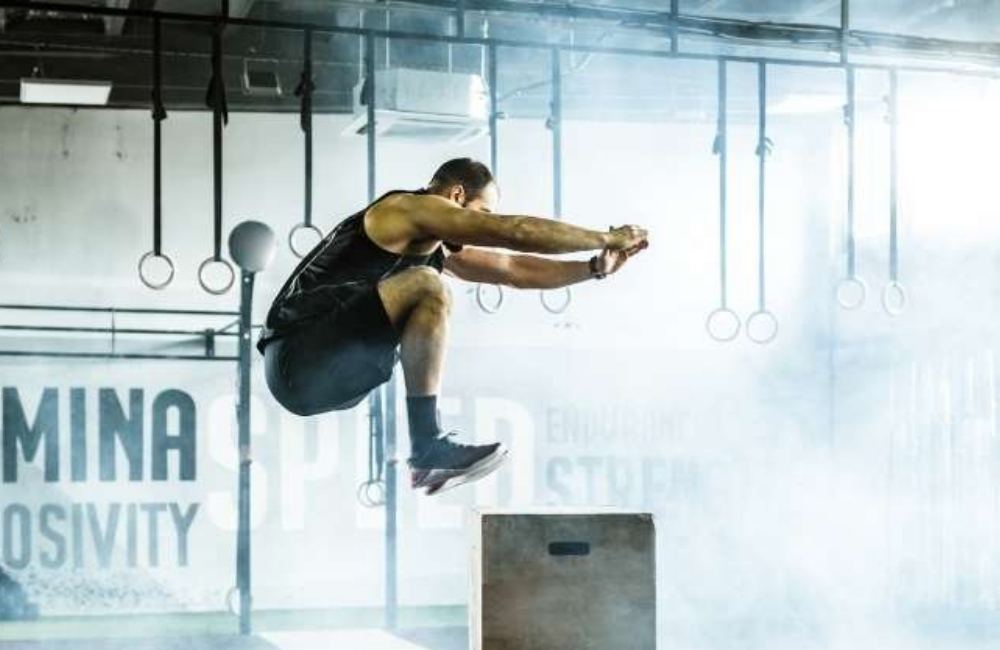
Odds are, you’ve come across the terms high-impact and low-impact exercise before. These distinctions have been heavily emphasized over the past few decades as people have searched for ways to protect their joints.
In general, high-impact exercises are those that place significant traumatic force through the joints of the body. Examples of this type of exercise are those involving running and jumping.
Low-impact exercises are those that provide little or no traumatic force through the joints, such as swimming or biking.
Avoiding high-impact exercise is, for the most part, a good idea for those with joint issues. However, incorporating some exercises that require weight-bearing and light impact can serve to improve bone strength.
Plus, most of us need to walk throughout the day to get from point A to point B. Therefore, it’s not always practical or even a good idea to completely excise impact exercises from your life.
Rather, you’ll want to determine how much impact your body can tolerate, and develop an appropriate program that will help you reach all of your health and wellness goals.
Beyond just impact forces, you’ll also want to consider spinal positions and the stress placed on other body systems when deciding on an exercise plan.
Exercises to Avoid as a Senior
Now, without further ado, let’s discuss some of the popular forms of exercise that most seniors should avoid in order to protect their joints.
Distance Running
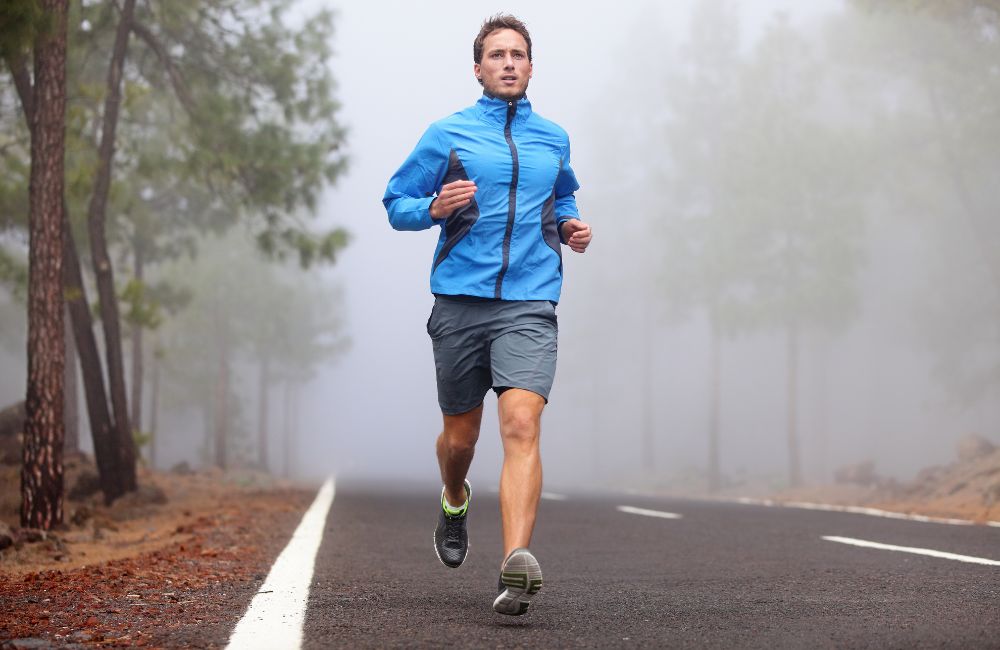
Marathons, Ultramarathons, and other long-distance races are usually not a great idea for seniors.
These forms of distance exercise can place incredible levels of stress on the joints, potentially leading to osteoarthritis.
If you’ve been running for a long time, and have good form and knowledge of how to run properly, you’ll likely be OK.
But for those who are considering starting a running regimen later in life, you’d be better served by a swimming or biking program.
Extremely High-Intensity Exercise
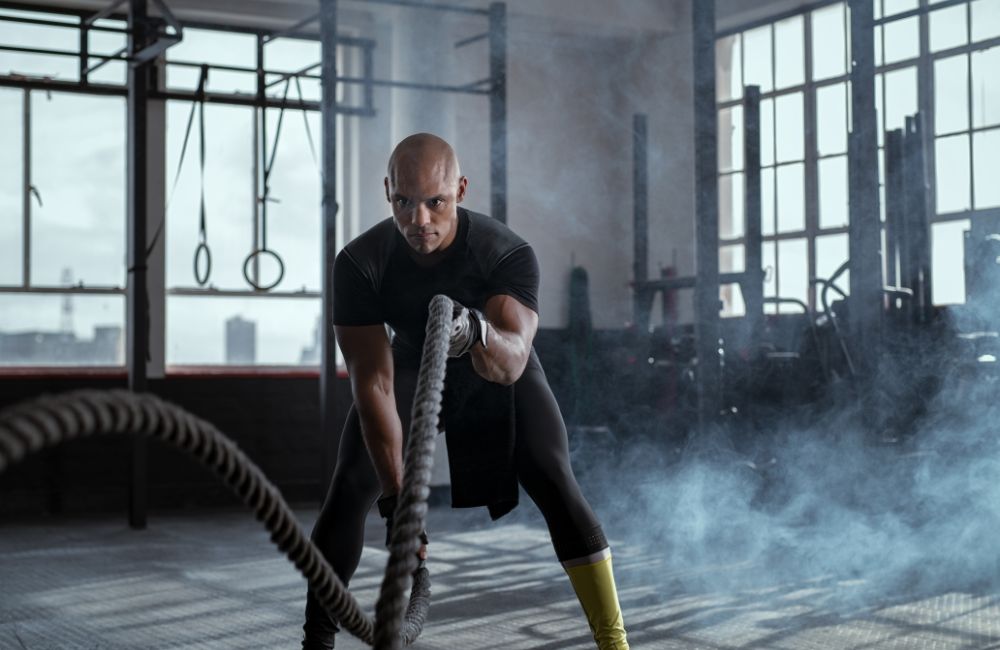
Intensity is a hard thing to measure objectively. After all, you may find one form of exercise much easier than I do, while I find another form of exercise much easier than you do.
However, we can look at heart rate responses to exercise in order to provide basic intensity prescriptions and recommendations.
If you’re performing an exercise where your heart rate is remaining at, or near, max for most of the workout, you may be working too hard. This could wear your heart out and may even lead to a heart attack.
You should monitor your intensity during all of your exercise sessions to be sure that you aren’t working yourself too hard, too often.
Frequent Max Lifts
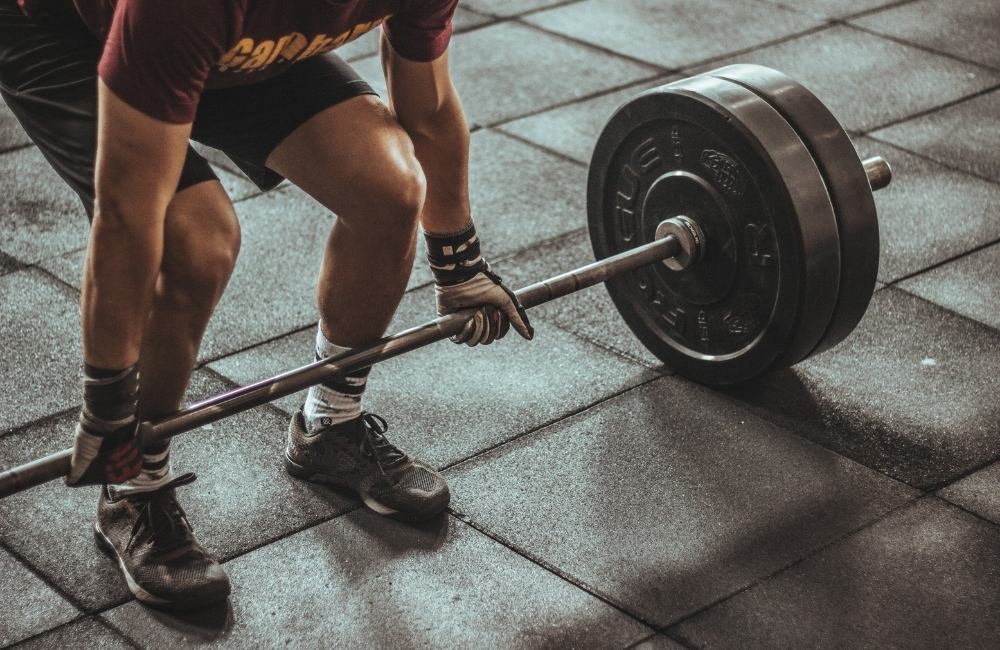
Every once in a while, it’s not a bad idea to test out your one rep max. However, you shouldn’t perform max lifts too often. These efforts push the body to its limit.
As a result, blood pressure can spike, joints can become stressed, and muscles may even be torn.
Whenever you’re testing your max lifts, be sure to have a spotter, warm up sufficiently, and don’t try to push past your limits.
Jumping Rope
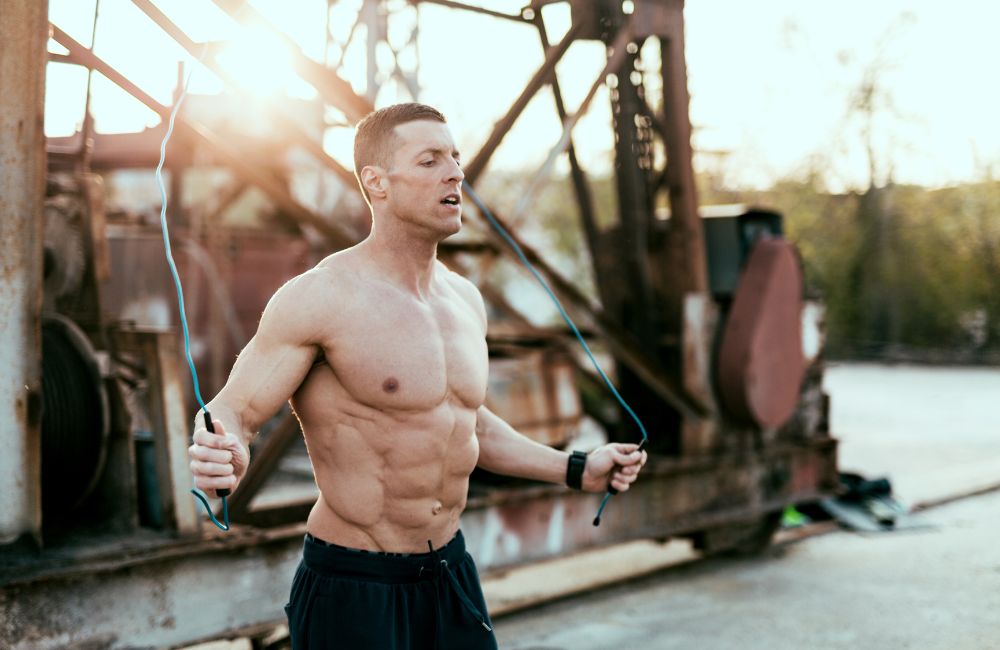
Much like running, jumping can cause high joint impact forces. By jumping rope, individuals can often experience pain and joint dysfunction, especially in the knees.
Seniors should be careful when deciding to jump rope for exercise. If a senior should decide to jump rope, he or she needs to practice excellent landing techniques.
These techniques include allowing the knees (and other joints) to bend upon landing, jumping only to very small heights, and staying on the balls of the feet throughout the workout.
Rotational and Extension-Based Core Movements
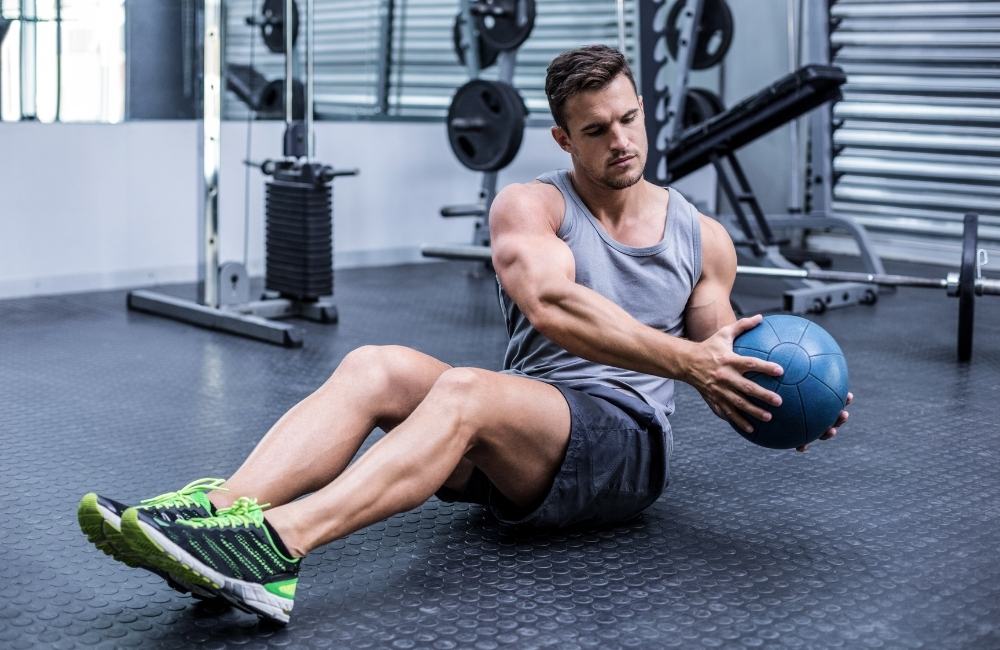
Low back pain is an incredibly common problem for seniors. Some of the most provocative motions that can increase back pain are extension and rotation.
While this may not be a problem for every senior, these motions tend to increase the wear and tear on the spine. As a result, the joints of the spine begin to wear down, leading to pain and decreased range of motion.
Seniors who are concerned about low back pain should instead stick to stability exercises for the core. These include planks, anti-rotations, and similar exercises.
Conclusion
Again, not all seniors need to avoid the exercises and modes of exercise listed in this article.
Rather, seniors should consider the exercises described above and determine whether or not they feel that it is worth the risk of developing pain or other issues in order to perform said movements.
In closing, I want to emphasize the fact that seniors SHOULD exercise in some way, shape, or form.
I’m definitely not advocating for seniors to avoid exercise outright. Instead, they should just seek to do so in ways that will protect their joints and keep their other systems healthy.
Works Cited
- Benedetti, M. G., Furlini, G., Zati, A., & Letizia Mauro, G. (2018). The Effectiveness of Physical Exercise on Bone Density in Osteoporotic Patients. BioMed research international, 2018, 4840531. https://doi.org/10.1155/2018/4840531
- Paulo, A. C., Forjaz, C., Mion, D., Jr, Silva, G. V., Barros, S., & Tricoli, V. (2020). Blood Pressure Increase in Hypertensive Individuals During Resistance Training Protocols With Equated Work to Rest Ratio. Frontiers in physiology, 11, 481. https://doi.org/10.3389/fphys.2020.00481
- Moran J, Ramirez-Campillo R, Granacher U. Effects of Jumping Exercise on Muscular Power in Older Adults: A Meta-Analysis. Sports Med. 2018 Dec;48(12):2843-2857. doi: 10.1007/s40279-018-1002-5. PMID: 30341594.

